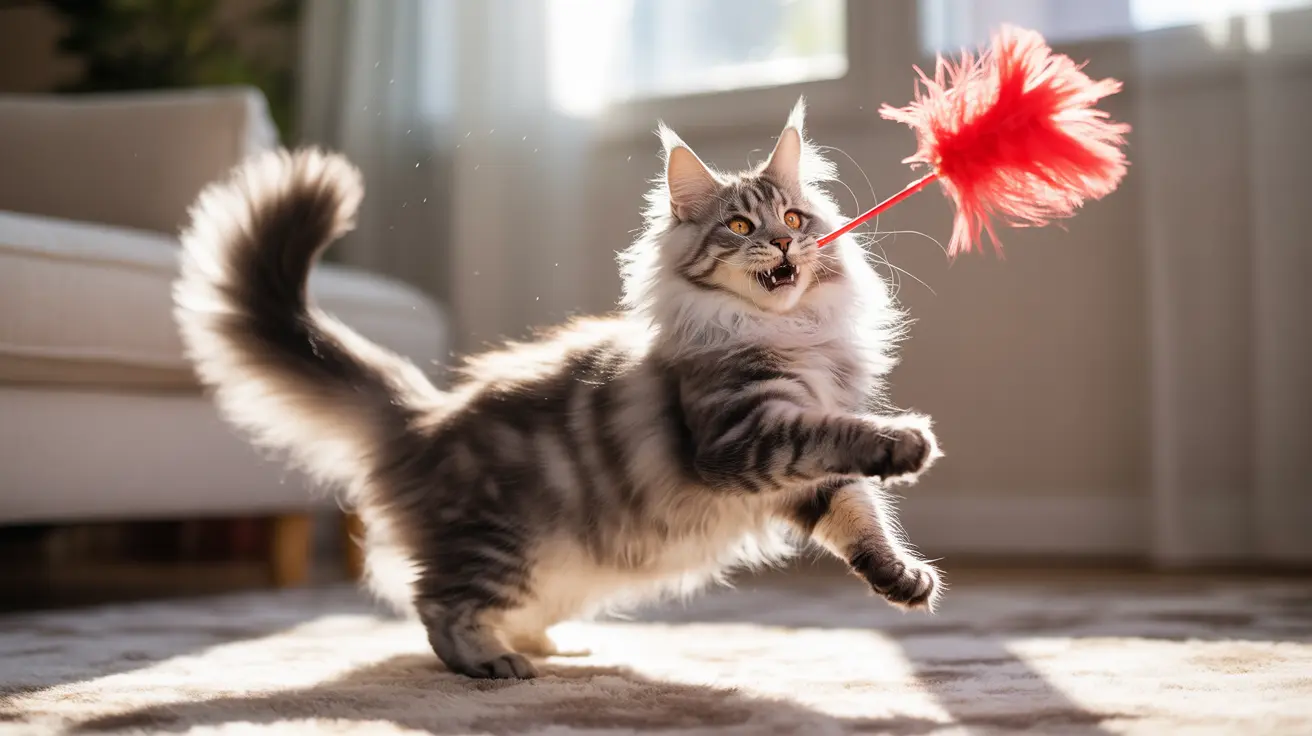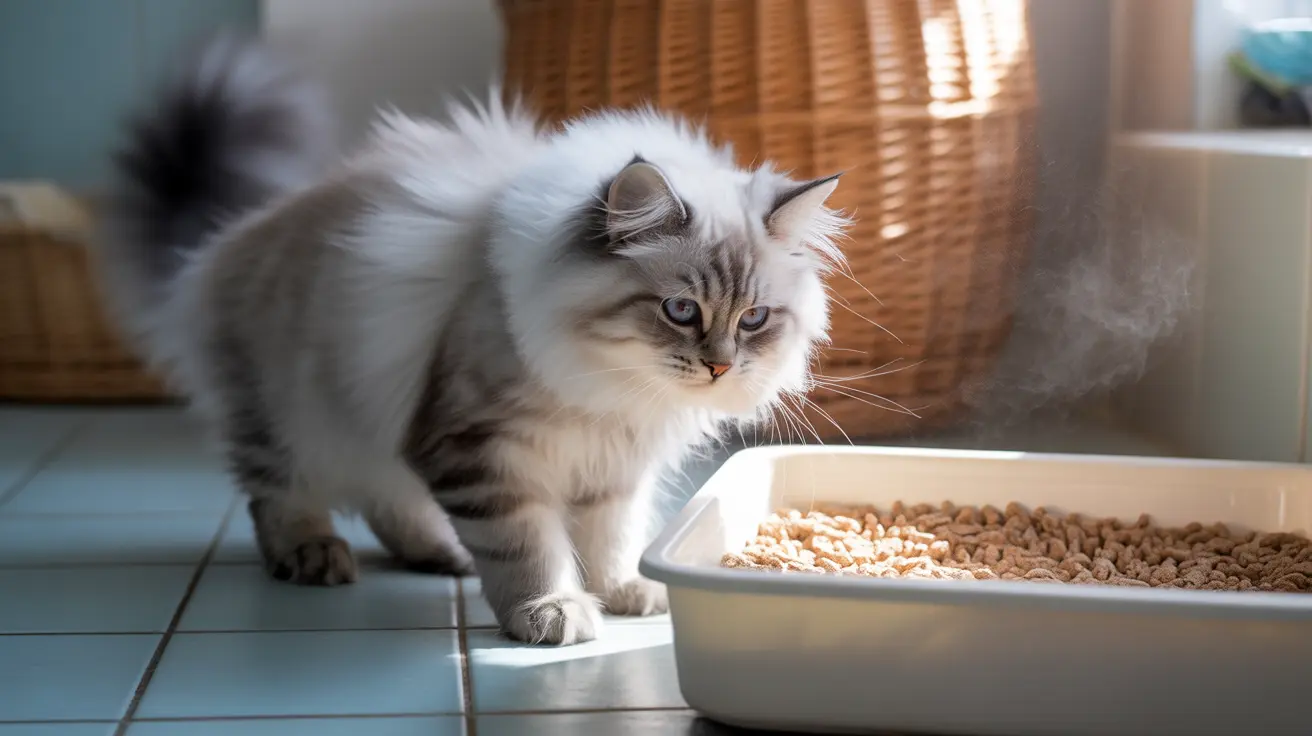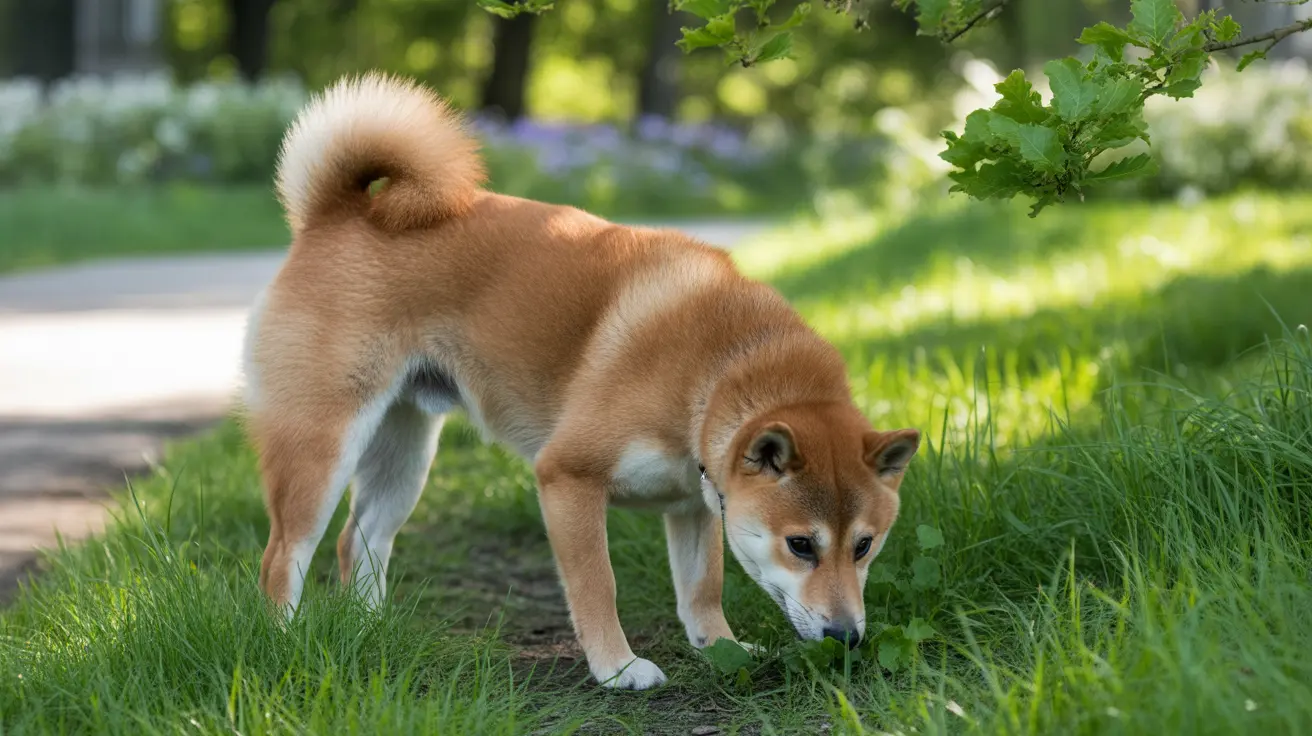The Science Behind Paw Sensitivity
Dogs' paws are incredibly sophisticated sensory organs, packed with specialized nerve endings that make them highly sensitive to touch. These nerve endings help dogs navigate their environment, detect temperature changes, and assess terrain safety. This heightened sensitivity means that even gentle touching can feel overwhelming for some dogs.
Additionally, paw pads contain specialized blood vessels that help regulate body temperature and protect internal structures. This complex network of nerves and blood vessels makes paws particularly vulnerable and explains why dogs are naturally protective of these vital appendages.
Evolutionary and Survival Instincts
From an evolutionary perspective, dogs' reluctance to have their paws touched makes perfect sense. In the wild, an injured paw could mean the difference between survival and death. This instinctive protective behavior remains deeply ingrained in domestic dogs, despite their comfortable modern lives.
Unlike other forms of physical contact common in canine social interactions, paw touching isn't a natural part of dog-to-dog communication. This unfamiliarity can make dogs inherently wary when humans attempt to handle their paws.
Past Experiences and Conditioning
Many dogs develop negative associations with paw handling due to past experiences. Common triggers include:
- Painful nail trimming sessions
- Previous injuries or medical procedures
- Rough handling during grooming
- Walking on harsh surfaces or chemicals
- Past trauma or abuse
These experiences can create lasting anxiety around paw touching, making future handling attempts increasingly difficult.
Building Trust and Tolerance
Helping your dog become comfortable with paw touching requires patience and positive reinforcement. Start with these steps:
- Begin with brief, gentle touches while your dog is relaxed
- Offer high-value treats during and after paw touching
- Gradually increase the duration of handling
- Make the experience consistently positive
- Never force or punish your dog during the process
Remember that every dog progresses at their own pace, and some may need professional help to overcome severe aversion to paw handling.
Medical Considerations
Sometimes, resistance to paw touching can indicate underlying health issues. Watch for signs such as:
- Limping or favoring certain paws
- Excessive licking or chewing of paws
- Redness, swelling, or inflammation
- Changes in normal paw sensitivity
- Visible injuries or foreign objects
If you notice any of these symptoms, consult your veterinarian for proper diagnosis and treatment.
Frequently Asked Questions
Why do dogs often flinch or pull away when their paws are touched?
Dogs flinch or pull away due to their paws' high concentration of nerve endings, making them extremely sensitive to touch. This reaction can also stem from protective instincts or past negative experiences with paw handling.
Can past painful experiences make my dog afraid of having their paws handled?
Yes, negative experiences like painful nail trims, injuries, or rough handling can create lasting anxiety around paw touching. These memories can make dogs particularly resistant to future handling attempts.
How can I safely get my dog used to having their paws touched and nails trimmed?
Use gradual desensitization and positive reinforcement. Start with brief touches, reward with treats, and slowly increase handling duration. For nail trimming, introduce tools gradually and maintain a calm, positive environment.
What are common medical issues that cause paw sensitivity or pain in dogs?
Common issues include pododermatitis (paw inflammation), injuries, allergies, foreign objects, infections, and arthritis. Any unusual sensitivity should be evaluated by a veterinarian.
Why do some dogs see paw touching as a threat or dominance behavior?
Dogs may interpret paw handling as a controlling gesture since it restricts their movement and isn't a natural part of canine social interaction. This can trigger defensive responses, especially in dogs with trust issues or past trauma.
Conclusion
Understanding why dogs don't like their paws touched is crucial for building trust and improving handling experiences. By approaching paw touching with patience, empathy, and positive reinforcement techniques, most dogs can learn to accept and even enjoy having their paws handled. Remember to always respect your dog's boundaries and seek professional help if needed.






